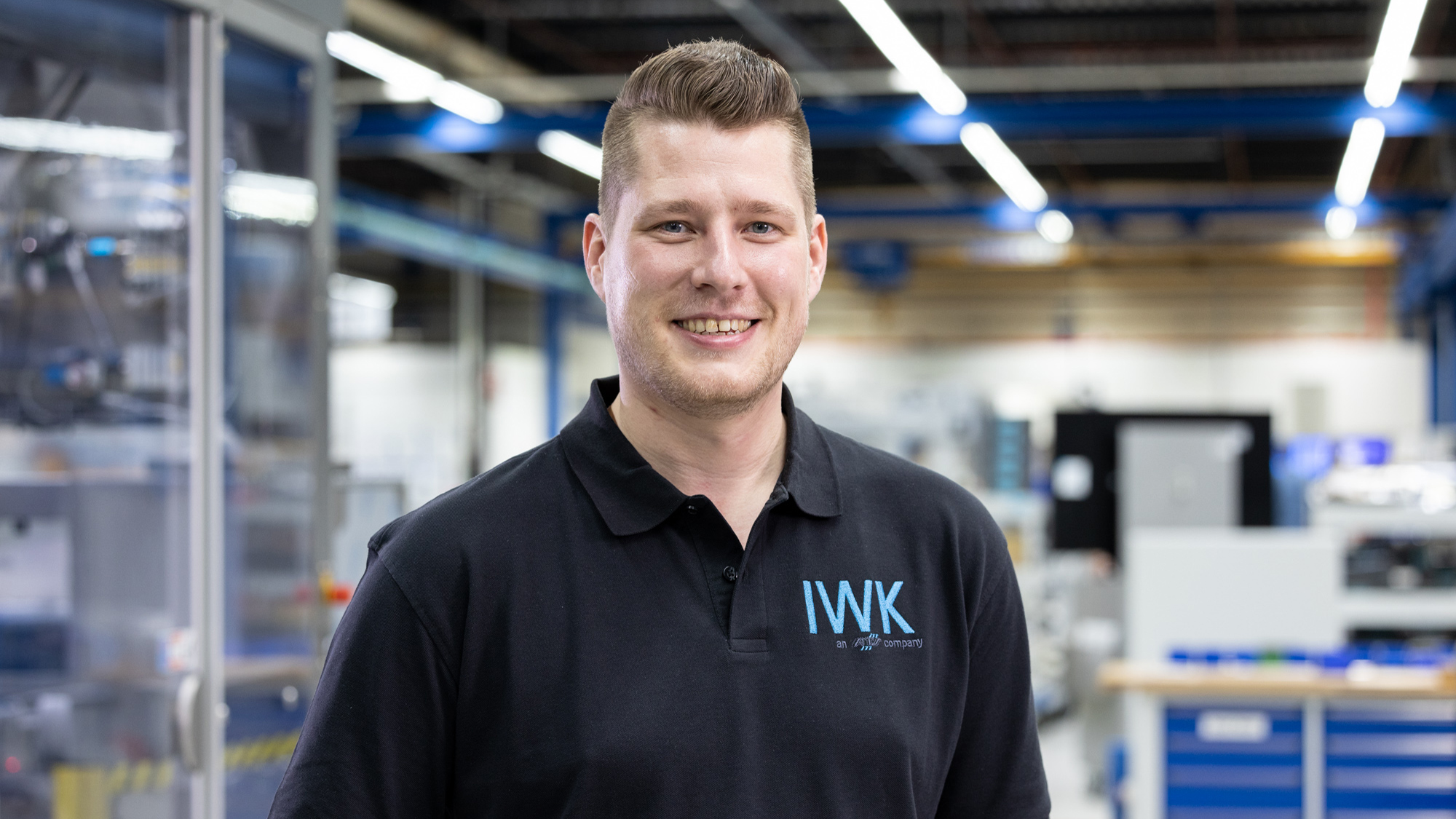Standardization Creates Flexibility

Mechanical engineers are masters at finding innovative technical solutions to meet customers’ challenges. The crucial elements in this are broad know-how, a wealth of ideas from intelligent experts, the use of advanced technologies and the standardization of processes and technical components.
IWK Verpackungstechnik GmbH successfully combines these elements in numerous customer projects, even as the level of customization keeps increasing. The company is working with its strong partner WAGO GmbH & Co. KG to optimize the electrotechnical aspects of its machine systems.


